It is as an idiosyncraticteam owner that Guy Ligier is best known but he began in the sport as a driver.
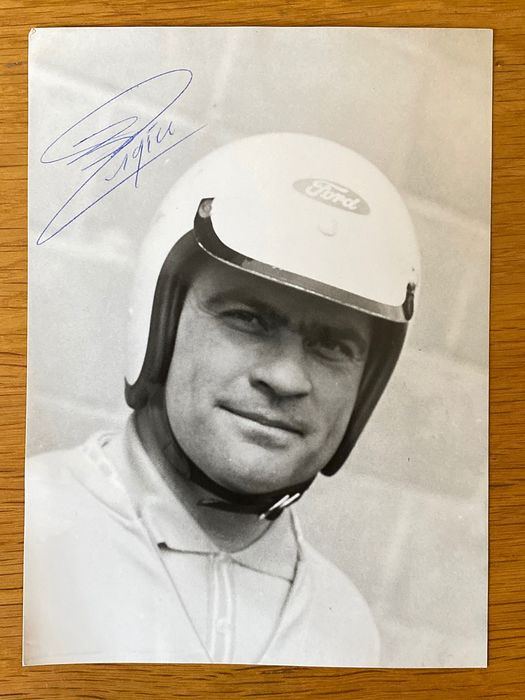
He started 12 GP as a privateer – finishing in the points on one occasion but never threatening the stars of the day.
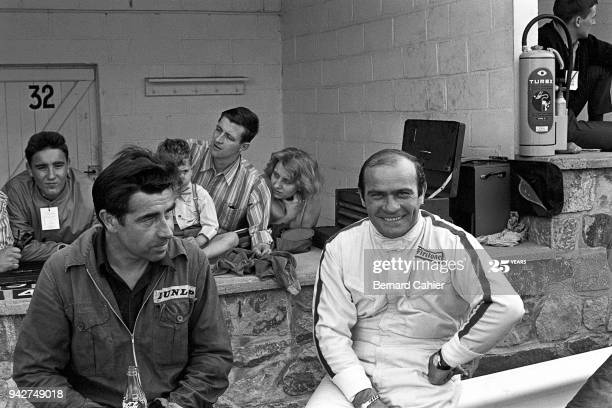
Guy Ligier, GP Belgium at Spa-Francorchamps.
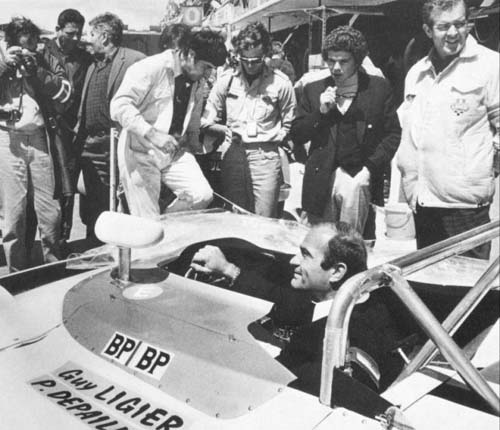
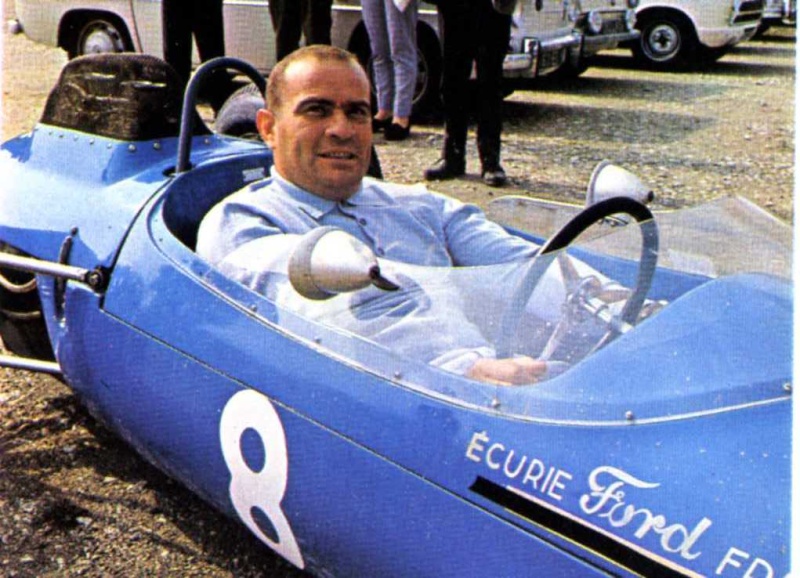
Irascible and short-tempered with a squat, physical, hangdog appearance; permanently pulling harshly on stubby Gitanes or Gauloises cigarettes; both determined and stubborn at times to the point of absurdity, Guy Ligier was the type of man that France once churned out in droves, only for the country to seem to suddenly stop making them about 30 to 40 years ago.
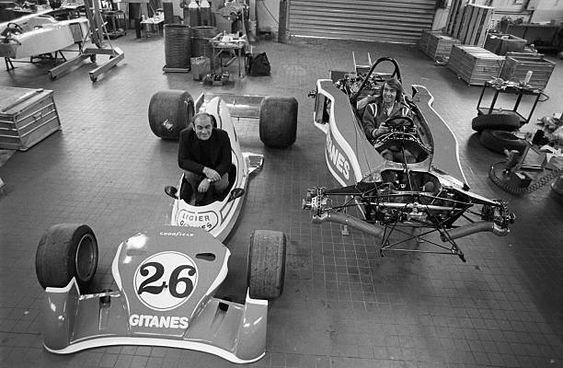
His is a story of making the most of what you have, for this unlikely-looking man from an unfortunate town was knocked down several times in his long career, but always got up and got up stronger for that. That he was singularly untalented behind the wheel of an F1 car, in the end hardly seems to matter.
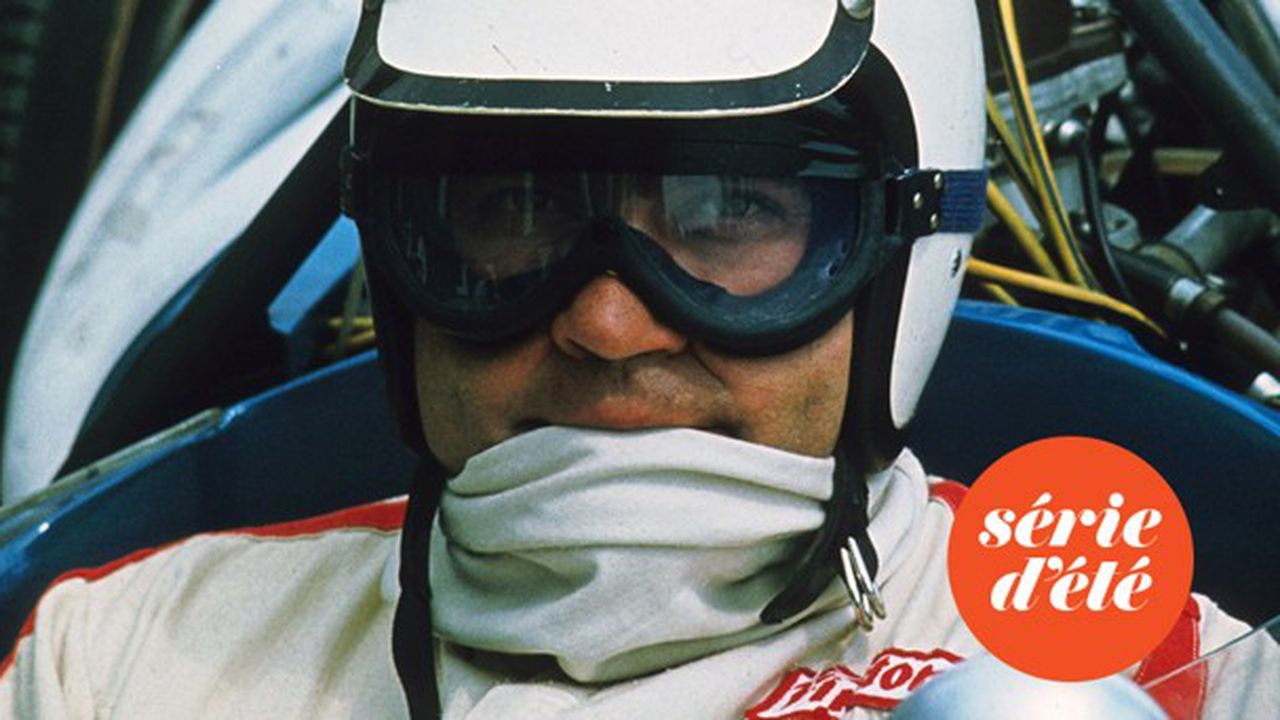
An old-time loyalty with friends. His F1 cars will bear the initials of his colleague and friend Jo, after whose death he will no longer want to race. A hard man but with great sensitivity, characteristics that will take him far. A lover of the countryside and animals, courageous, direct, good in driving and in business, successful constructor in F1, Guy Ligier did not miss anything, living a life full of constant challenges all faced with the smile of a winner. Every man's existence revolves around at least one dream. Guy's life, instead, has chased many. Although they were all decidedly ambitious, he managed to crown most of them.
He got used to challenge and danger from an early age. Competition was his natural environment. Of any kind, whether it took place in a math classroom or on a construction site, in the deep blue of ocean waters or on a track. Because Ligier was a fighter, one who had grown accustomed since childhood to never letting go. It was his early life and life in general with its cruel turns that molded the man. When he was still very young he was in fact orphaned of both parents and had to fight with the long shadows of detachment and abandonment. To all that pain and sadness Guy reacted in his own way, facing difficulties head on. However, it was not ambition that animated him, but rather the risk and danger. That's why he never stopped in front of any obstacle, not even the most difficult ones.
On the racing fields, in the second half of the Sixties, he met many drivers, including Jo Schlesser with whom he became a sincere friend.
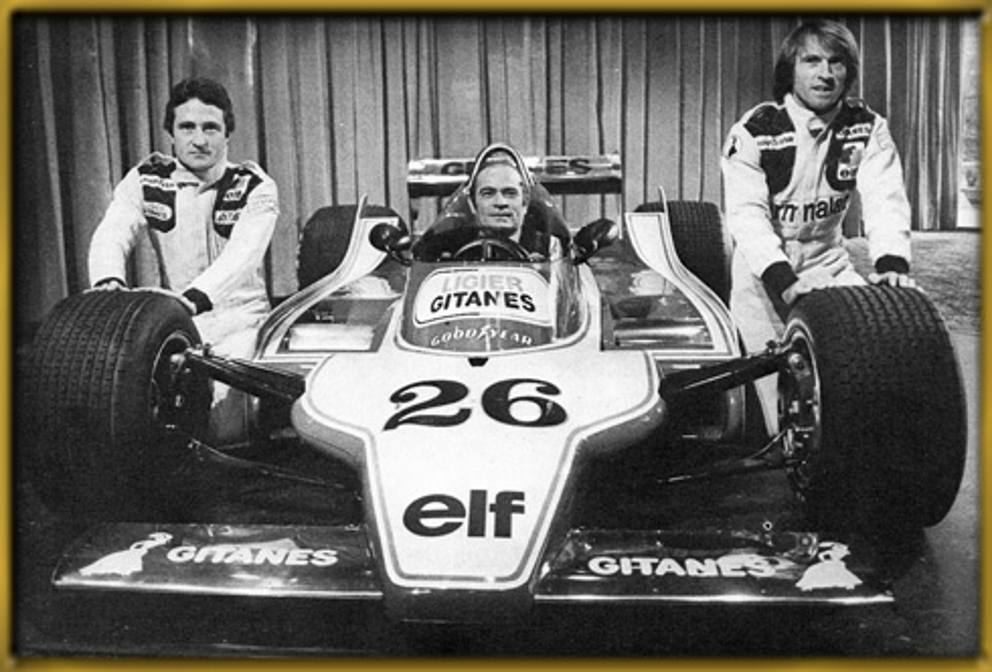
The dream that Ligier is secretly cultivating is to form his own team with single-seaters designed and built in France. Despite the contrary opinions of friends and colleagues, Guy listens only to his heart and thus founds Ligier Automobilies. It is the year 1969.
Ligier selects a talented brood of engineers and technicians, summons the best minds of the nation, awakening, in this regard, a dormant spirit. Among the first hirings there is that of the engineer Michel Tetu. He will be the one who will elaborate a detailed plan to get to race in the highest Formula, in the World Endurance and in the most important categories.
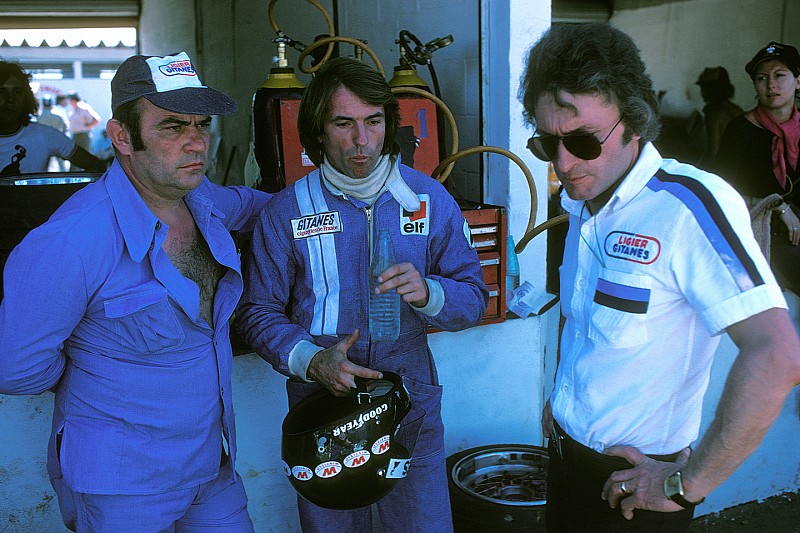
Brazilian Grand Prix 1976, Jacques Laffite, Guy Ligier and Gerard Ducarouge.
Gerard Ducarouge's pencil produces beautiful, ambitious and fast single-seaters. Ligier entrusts them to the promising Jacques Laffite who climbs the podium three times, obtaining the first pole position of his career at the Italian Grand Prix. The die is cast. The following season Ligier takes the first victory in his history on the Swedish circuit of Anderstorp, again with Laffite at the wheel of the JS7. It is a great party. Guy gives France a winning project, transalpine in all respects, from the project to the test driver, from the body to the engine, from the mechanic to the sponsor.
In the following years that indomitable spirit will push him even further, transforming the Ligier team into a brand that will make the history of F1 for twenty long years.
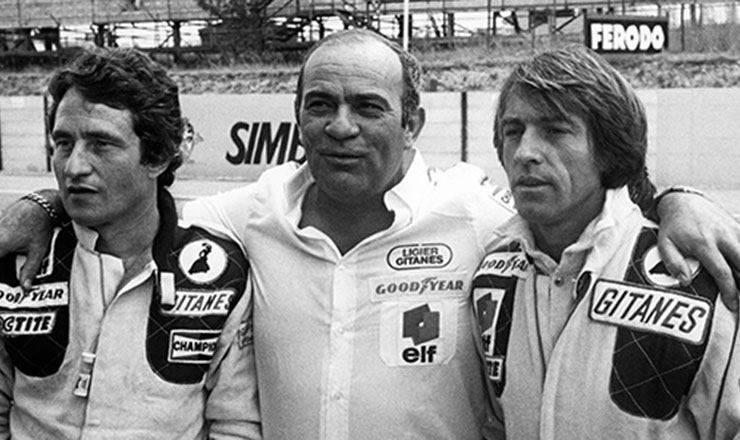
Patrick Depailler, Guy Ligier and Jacques Laffite in 1979.
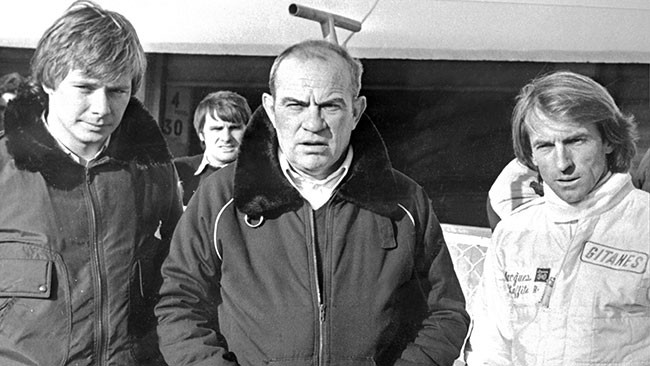
Didier Pironi, Guy Ligier and Jacques Laffite.
Extraordinary cars, futuristic intuitions and cutting-edge solutions will come out from his factories, entrusted from time to time to a bunch of extraordinary drivers and young promises: Jacques Laffite, Patrick Depailler, Jacky Ickx, Didier Pironi, Andrea De Cesaris, René Arnoux, Nicola Larini, Thierry Boutsen, Érik Comas, Martin Brundle, Olivier Panis and Michael Schumacher, who drove the French car during tests. On that late afternoon of June 19, 1979, when the checkered flag is flown for the first time on the fleeting nose of the JS7, Guy realizes with extreme joy that even that dream, perhaps the craziest and most impossible, has finally come true. He then closes his eyes and hands himself over to the next challenge.
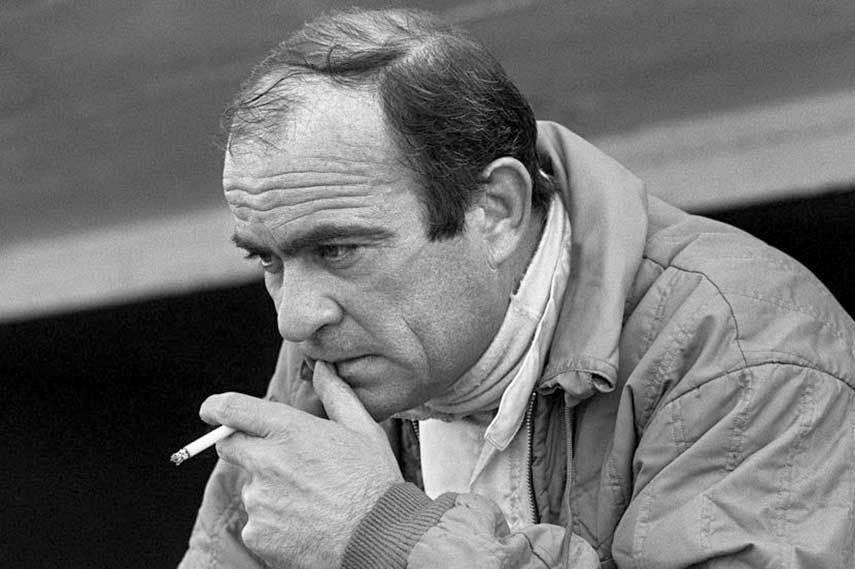
Ligier had established his name in French sporting history.
With his passing, one of the last romantics who helped in making F1 great is gone.
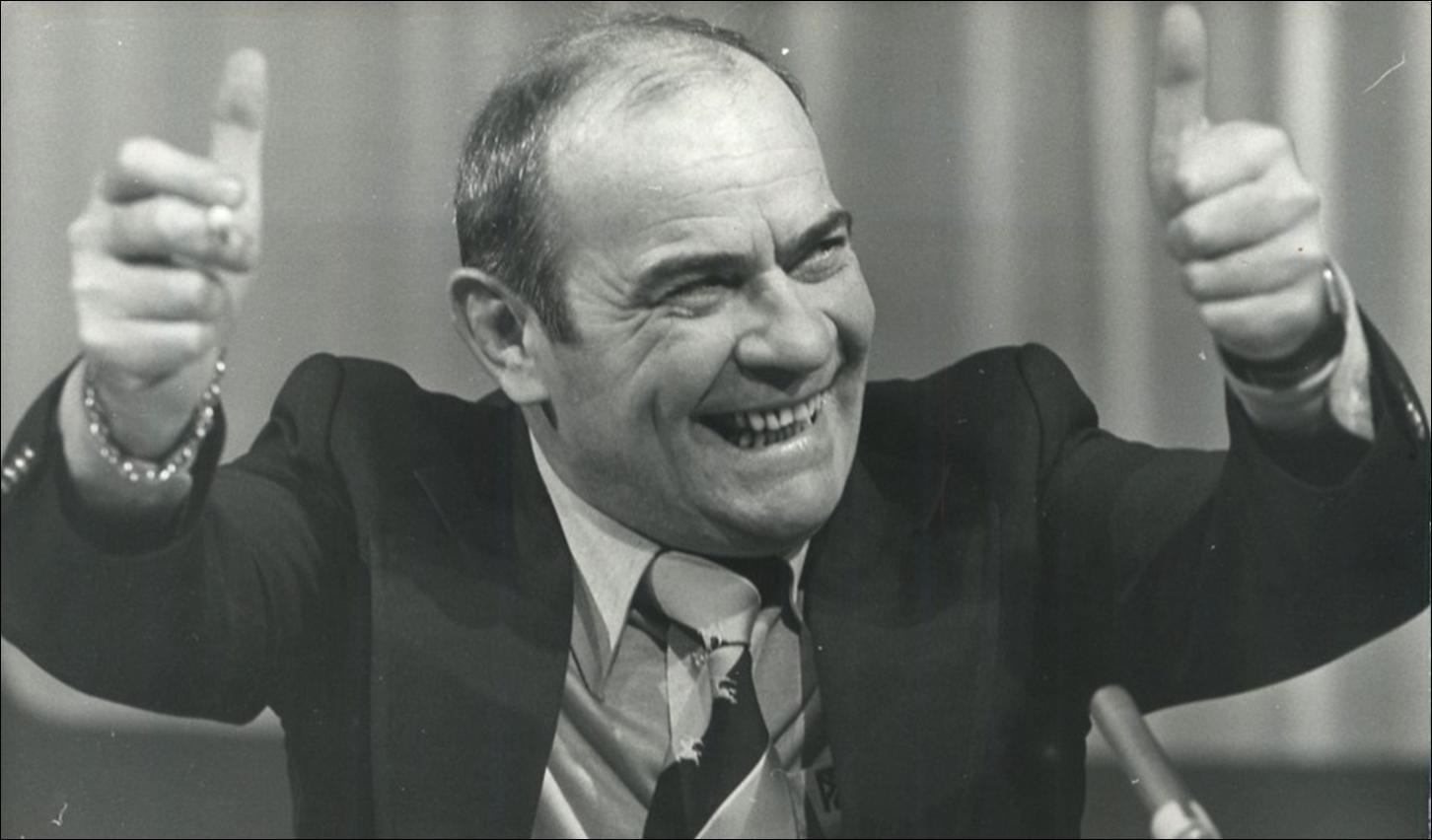
First an engineer, then a backpacker. Guy was a very sympathetic backpacker and we are grateful to him without limit for having had to face the darkness of life. He knew how to keep that gentleness and kindness which made him a great man of life.
Ligier was one of the French teams with certain charm. A miracle of its time and another testament of the 90’s.
It is the only long lasting F1 team that always looked like itself. No matter what happened, what sponsors, it was always a bold blue car for 20 years and even as Prost.
“He was a difficult character. Very, very paternal, very friendly, very social.” Gerard Ducarouge about Guy Ligier.
“He had a temper. He was a bit authoritarian but at the same time he was loyal, a mix of extremes. Guy Ligier called me in my home to test his car the next morning. I had just come back from Japan with 12 hours of jet-lag but I went anyway. I asked him: “why do you want me to come since the car has already been attribuited to Jean Pierre Beltoise?” The car worked very well, I attacked like a madman and, of course, I was faster than Jean Pierre Beltoise.” Jacques Laffite also about Guy Ligier.
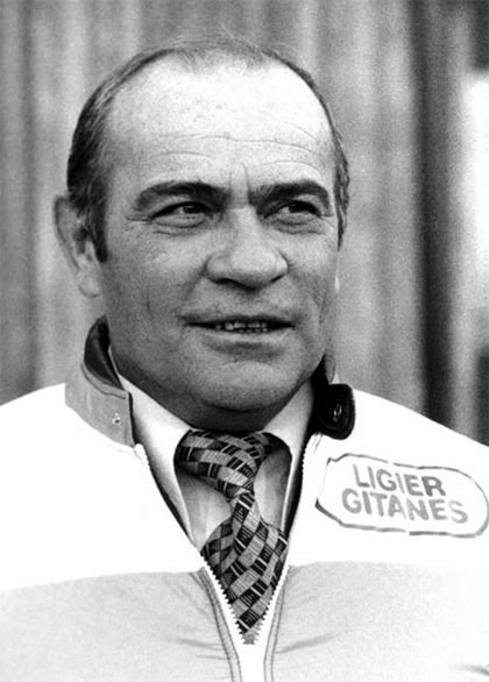
The son of a farmer, Guy Camille Ligier - 12 July 1930 – 23 August 2015 - was orphaned at 7 years of age. He left school in his mid-teens and went to work as a butcher's assistant in his home town of Vichy, France.
Athletic and competitive, he became French rowing champion in 1947. He also had a passion for rugby and was good enough to play for the French Army during National Service and earn a place on the French national B team. His rugby career was cut short due to injuries.
“Taking part in competitive sports makes a man of you. You learn to be frank, sincere and honest,” said Ligier.
Determined to become successful, Ligier saved all of the money he earned working as a butcher to fund his aspirations. In 1960 he rented a backhoe and a short time later bought a bulldozer of his own and went into the construction business.
With help from Pierre Coulon, Vichy's Mayor, he founded the public works company "Ligier Travaux Publics". With motorway construction booming in France, Ligier was able to rapidly expand his business. By 1961 he had 1200 employees and 500 machines and had also diversified into bridges, dams and development. During this period his business contacts allowed him to make important friends in (then) local politicians François Mitterrand and Pierre Bérégovoy.
When his rugby career ended he switched to racing, but on motorcycles. He would win the French Motorbike Championship in the 500cc class riding a Norton Manx "LA" in 1959 and in 1960.
Ligier broke into F1 as a privateer, entering his own Cooper-MaseratiT81 in the 1966 Monaco GP. In five starts with this car he either ran unclassified or out of the points.
Teaming with Schlesser in a Ford France GT40 again that year produced good results – a fifth-place finish at the Nürburgring 1000 km. Although his year was ended by a knee broken while practicing for the German GP, things could have been worse. Dogged, determined, pushing hard as ever, the Frenchman lost control at a fast right-hander. The car’s wheels dug in and it took off and flew into the trees. Those who later arrived at the scene noted that the point of impact – judging from the extensive damage to the pine trees that lined the track – was 20 feet up in the air. Ligier, incredibly, was still alive, but had sustained 47 separate fractures. Forty-seven. In particular, his right leg was badly damaged – he walked with a slight limp for the rest of his days – gangrene was setting in and doctors decided that an amputation was necessary. This suggestion provoked colourful language from the ever-temperamental driver, who swiftly made arrangements to leave the hospital, drip still attached, and was driven through the night by Jabby Crombac – making amends for the Formula Junor Elva debacle – to a facility in France instead. There, the doctors and nurses did as they were told and Ligier’s leg was eventually saved.
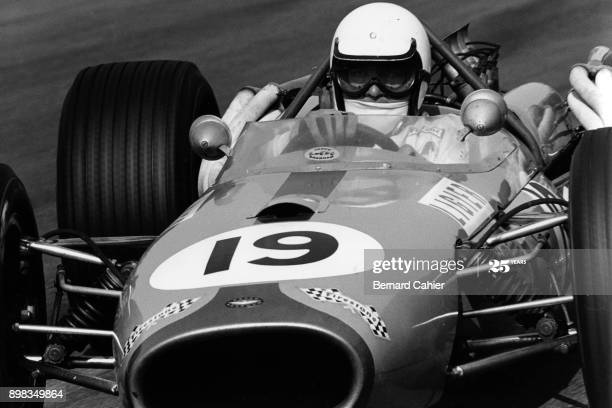
Guy Ligier, Brabham Repco BT20, GP Mexicoat Autódromo Hermanos Rodríguez.
In 1967 Ligier fielded another car of his own, a Brabham-RepcoBT20, in the British GP. His (effective) sixth-place finish in Germany produced the only championship point of his F1 career. Guy also won the 12 Hours of Reims when sharing a GT40 Mk IIB with Schlesser.
In 1968 Schlesser was killed in his F1 debut at the French GP while at the wheel of the magnesium-bodied air-cooled Honda RA302 F1 car. The shocking loss of his friend prompts Ligier to retire from racing.
Guy had one outing in a Ford Escort TC in the 1969 Coupes de l'ACIF, but he returned to regular competition in 1970 for the 24 Hours of Le Mans in a car bearing his own name, the Ligier JS1, and continued to participate in various endurance races with his own cars until 1974.
In total Ligier participated in thirteen GP Formula 1 races, getting one point in the drivers' world championship with an eighth-place finish in the German GP in 1966 due to the two finishers in front of him being F2 cars and so ineligible for F1 points.
In 1968 Ligier established "Ligier Cars" to build his own sports-racing cars in fulfillment of the dream that he and former teammate, business partner and close friend, the late Jo Schlesser had shared to build a "good car". Ligier hired Michel Têtu to design the cars and the first car produced was the JS1 prototype, the "JS" in this and all subsequent names being a tribute to Schlesser. Only three JS1s were built before production switched to its successor, the JS2.
The JS3 racing prototype was actually built in the time between the JS1 and JS2. Following limited success in the sports-racing field Ligier turned his attention to F1 when he bought the assets of Equipe Matra Sports. With the experienced team, including designer Gerard Ducarouge and the Matra V12 engine, Ligier formed Equipe Ligier in 1976.
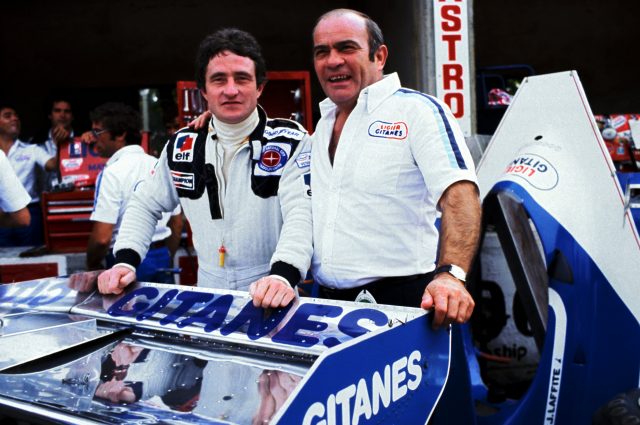
Left to right): Patrick Depailler, Tyrrell, was announced by Guy Ligier as a Ligier driver for the 1979 season during practice. Italian Grand Prix, Monza, Italy, 10 September 1978. Photo by Best Image / Sutton Motorsport Images.
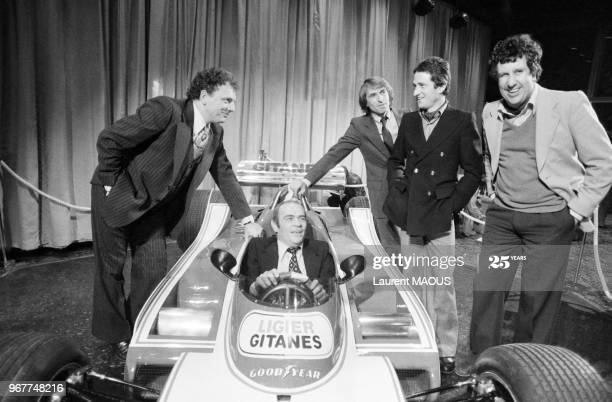
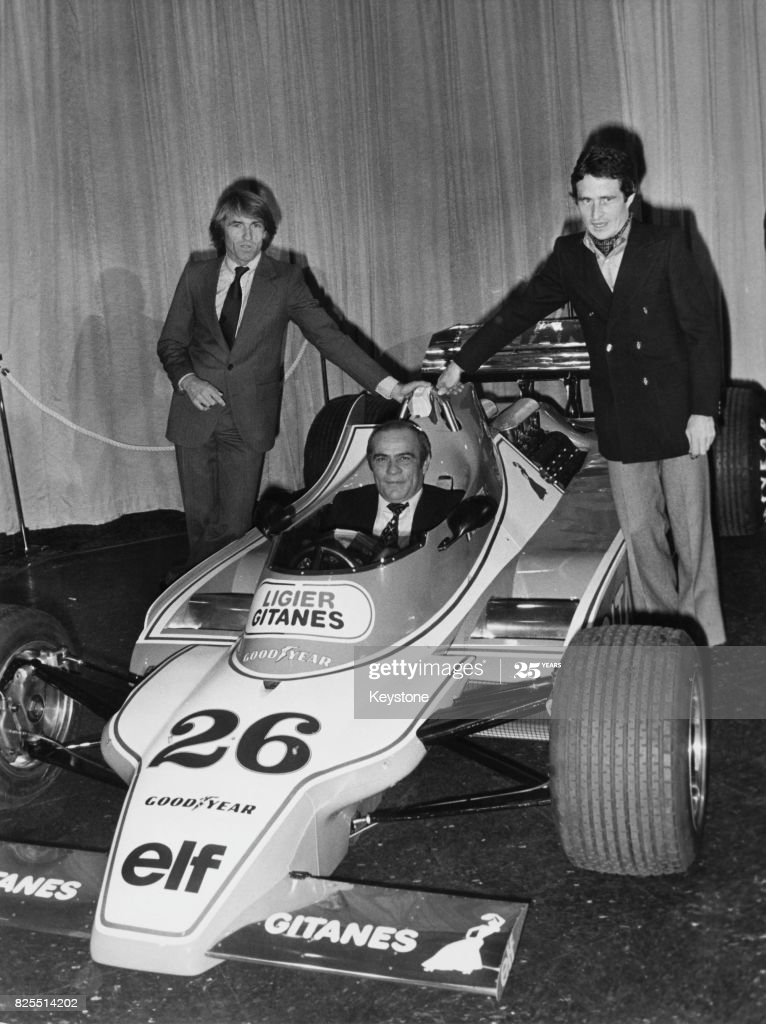
Guy Ligier presents his car, the Ligier Gitanes, with Jacques Martin, Jacques Laffite, Patrick Depailler and Stéphane Collaro on November 23, 1978 in Paris, France. Photo by Laurent MAOUS / Gamma-Rapho via Getty Images.
The team became successful in the early 1980s with drivers Jacques Laffite, Patrick Depailler and Didier Pironi.
In 1981 Ligier's old friend François Mitterrand became President of France. When Ligier ran into trouble in 1983, the President ordered that government-owned companies such as Elf, Gitanes and Loto should supply sponsorship.
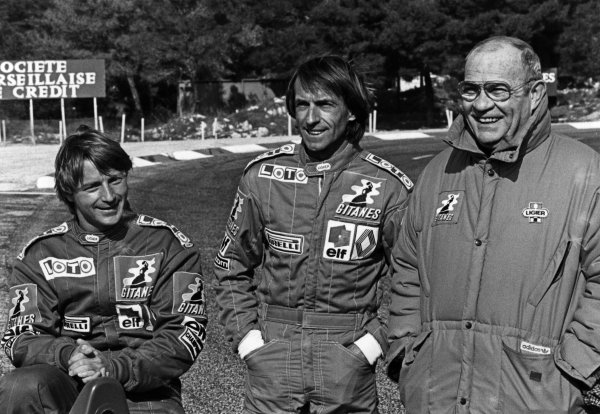
4th - 6th July 1986, French Grand Prix at Paul Ricard, Le Castellet, France. Guy Ligier with Rene Arnoux and Jacques Laffite (Ligier JS27-Renault), portrait. World Copyright: LAT Photographic. Ref: B/W Print.
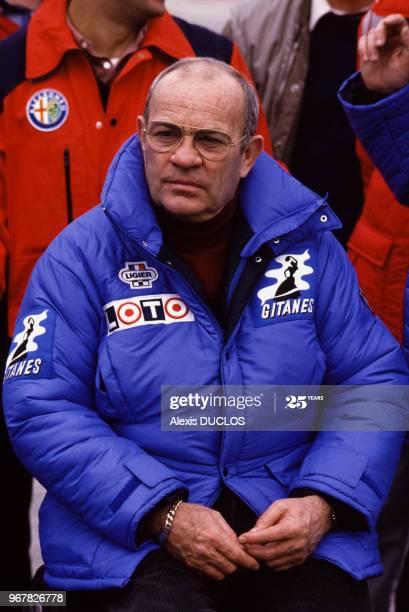
Guy Ligier presents his new formula 1 on 29 January 1987.
Ligier also had preferential treatment when it came to engines, political pressure being applied to Renault to force the company to supply the team, which used Renault engines from 1984 to 1986 and from 1992 to 1994.
The Ligier-Mitterrand-Bérégovoy alliance reached its peak in the early 1990s with the reconstruction of the Magny-Cours racing circuit as a new headquarters for Ligier and as a racing circuit to host the French GP. President Mitterrand and Prime Minister Bérégovoy backed the idea.

Oliver Panis in 1995.
At the 1996 GP of Monaco driver Olivier Panis wins the ninth and final F1 victory for Ligier.
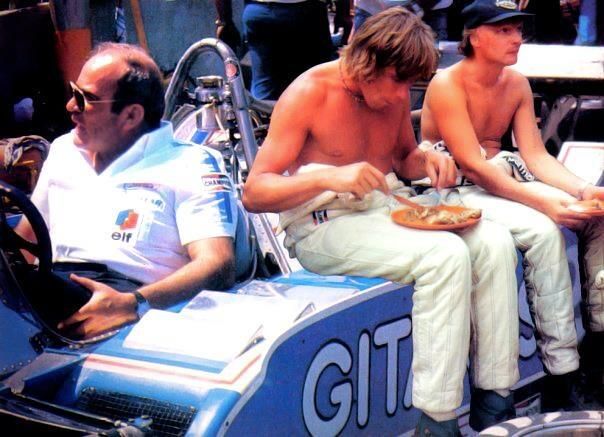
Guy Ligier, James Hunt and Niki Lauda.
Equipe Ligier managed to contest 326 Grand Prix races, make 50 podiums appearances, notch 9 victories, claim second place in the 1980 World Championship and build over 20 Formula 1 cars.
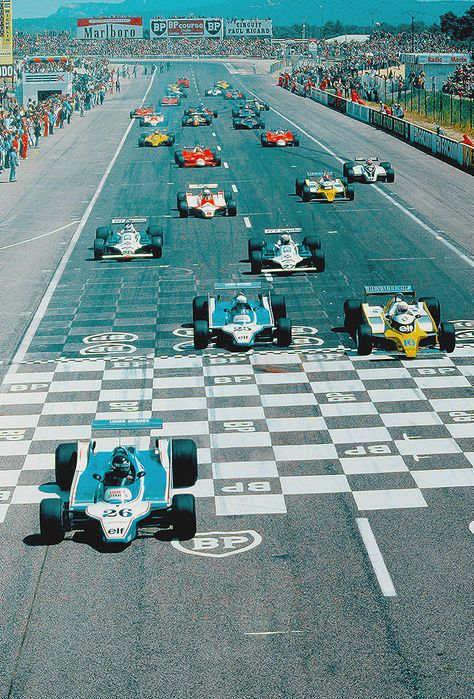
France 1980.
It was also home to an illustrious list of drivers over the eighteen years that it competed under the Ligier name.
In 1992 Ligier realized that the socialist government would not last forever and sold his team to Cyril de Rouvre (the team was sold again in 1994 to Flavio Briatore).
Within a few months Mitterrand's Socialist Party experienced a major loss in the elections and Bérégovoy committed suicide on May 1, 1993. Ligier remained involved with the old Formula 1 team in an ambassadorial role until it was sold yet again, this time to Alain Prost, in February 1997 and renamed Prost Grand Prix.
Following his death on 23 August 2015 in Nevers, his funeral took place at the church of St. Blaise de Vichy on 28 August 2015.
Ligier was survived by his wife and their two children, son Philippe and daughter Pascale.
The tribute of Romanais Erik Comas to Guy Ligier. 24 August 2015.
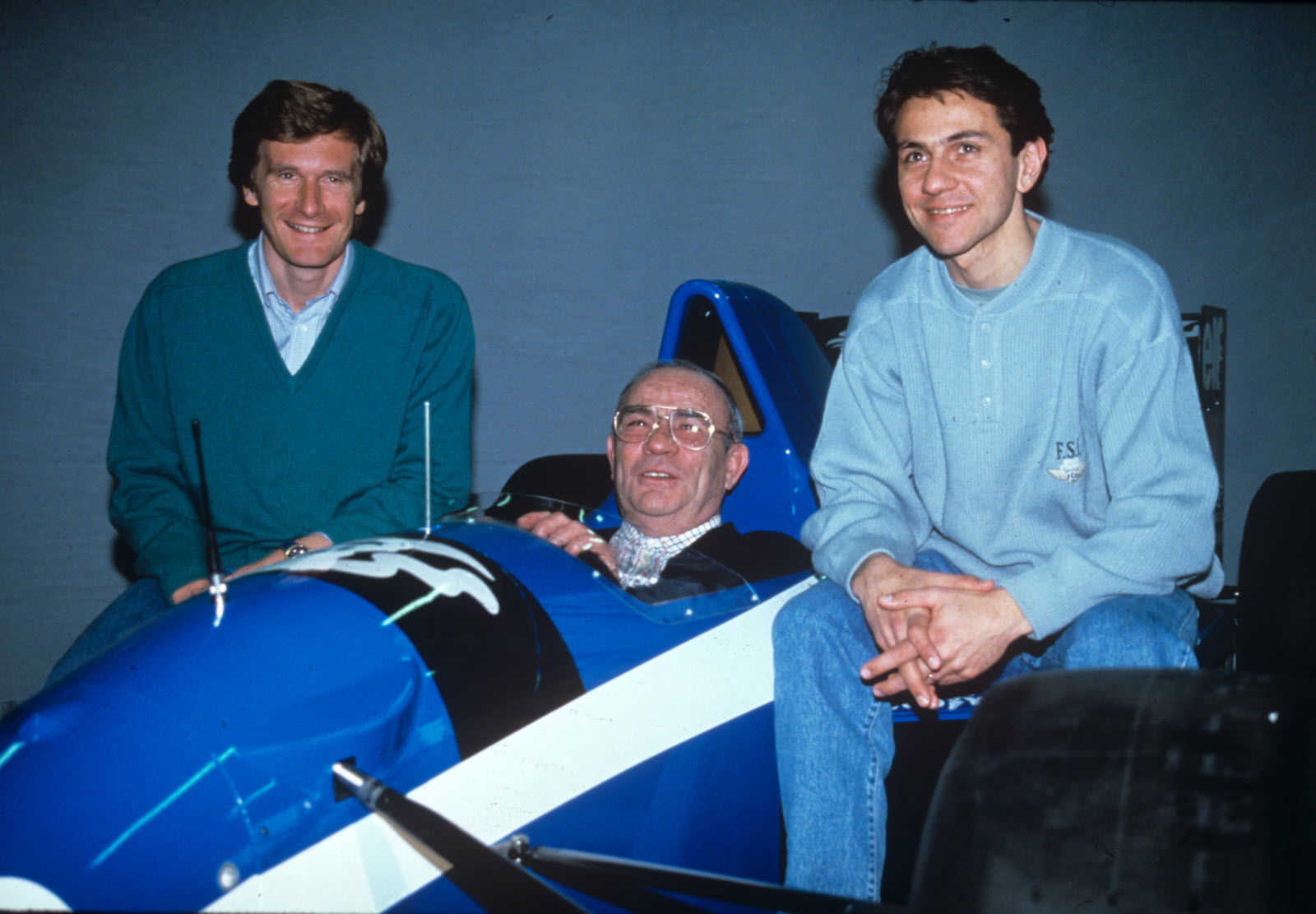
"He's the man who gave a lot of drivers a chance." Romanais driver Erik Comas, like the rest of the Formula 1 world, is in mourning. Guy Ligier, founder of the team of the same name in the 1970s, died on Sunday at the age of 85. "He was the first one who gave me a wheel in F1, it was in August or September 90, just 25 years ago...", remembers with emotion Erik Comas, who paid tribute to Guy Ligier yesterday from Italy, where he competed in the Rally Alpi Orientali Historic. "The first meeting was emotionally strong, it was a team that I had heard about as a teenager, the French team which had had extraordinary seasons, which had experienced incredible hours of glory, notably with Jacques Laffite," the driver from Drôme said.
Jacques Laffite tells us about Guy Ligier and his career as a driver.
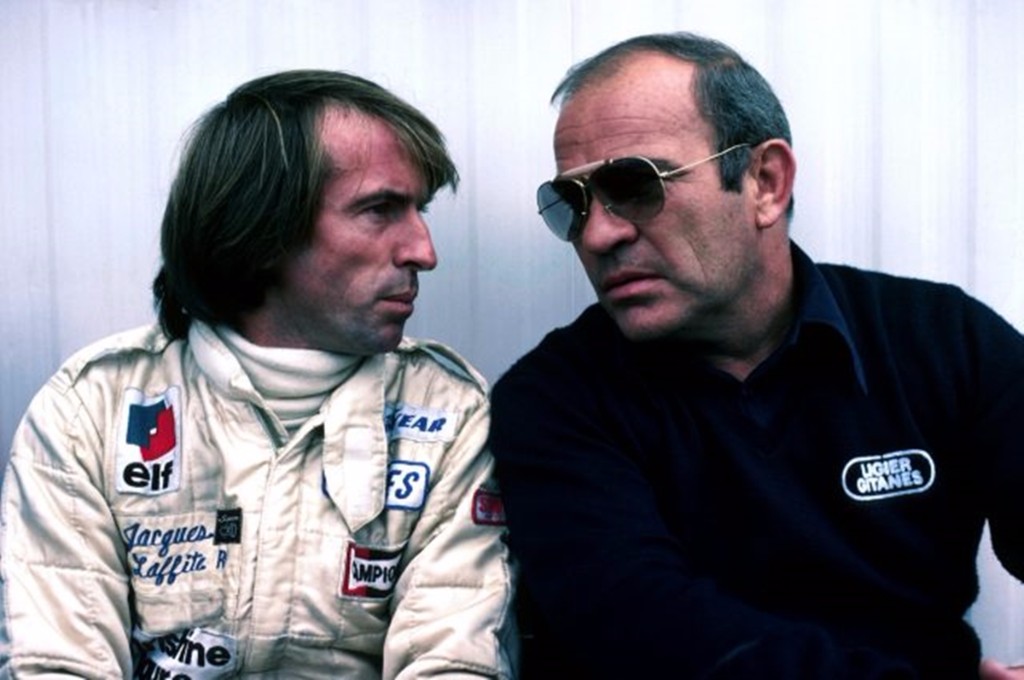
Jacques Laffite and Guy Ligier.
Guy Ligier has meant a lot in your career. Who was he for you?
“My boss first, then a friend. We were in symbiosis. He was like a second dad in my driving career. A real doting father. He was a great guy in human terms and of friendship, but also a brave man. I was very lucky to meet him. I did Le Mans with him and then I was part of his great F1 adventure."
In what these years of F1 at Ligier were an adventure?
“Financially, technically. We had to make choices. And we weren't the richest. The great thing about the Ligier team, especially thanks to people like Gérard Ducarouge, Michel Boujon and Michel Tétu, was resourcefulness. We would sometimes watch what others were doing. We copied, more or less well. Guy Ligier's resourcefulness was also that of finding money. We knew how to be inventive.”
Videos
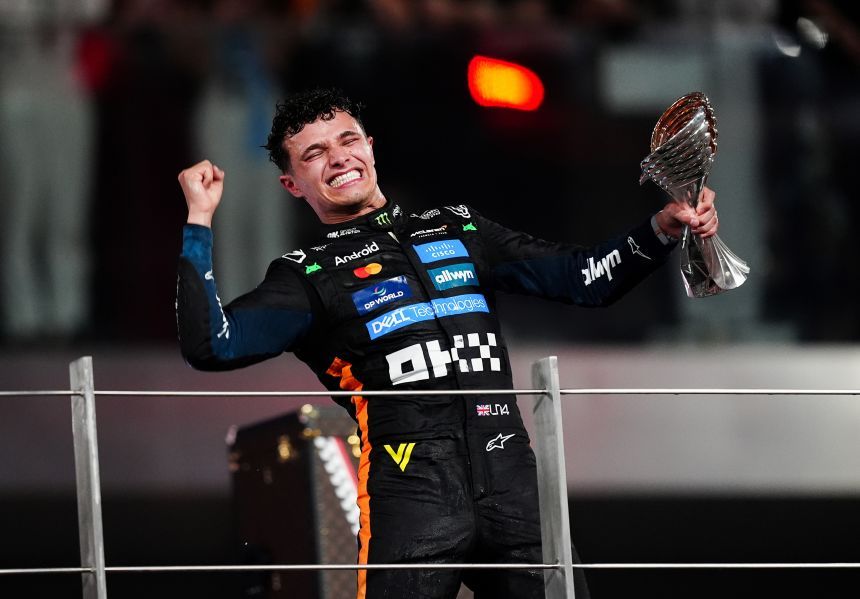

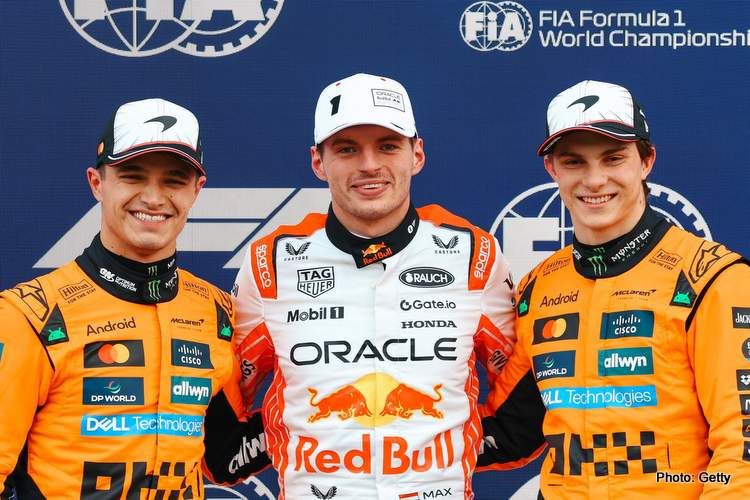
Comments
Authorize to comment